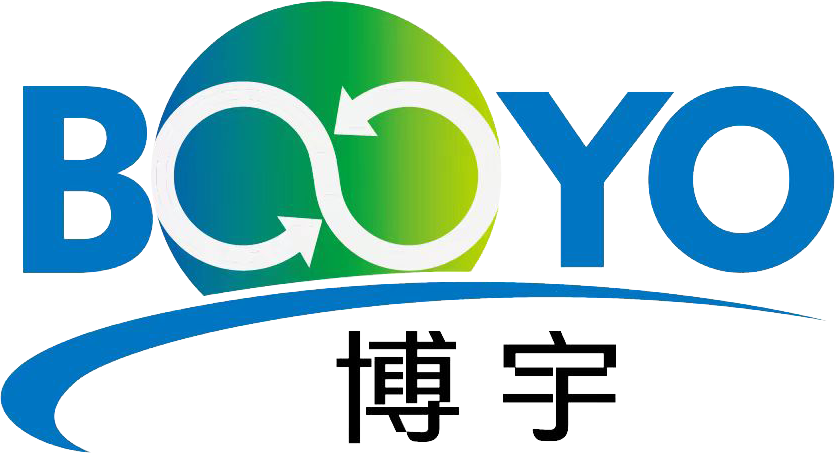
Our News
Find out about our latest news here.
Latest News
- ▶ Anti-Bribery and Corruption (ABC) Compliance Policy
- ▶ The Critical Role and Application of Heat Exchangers in the Natural Gas Treating Process
- ▶ Employee Code of Conduct
- ▶ Helical Baffle Heat Exchanger: Working Principles, Advantages and Industrial Applications
- ▶ Fraud Prevention & Anti-Fraud Policy
- ▶ Moments from Boyu International Trading Team at ADIPEC Abu Dhabi
Message
In natural gas processing, removing water vapor from raw gas is essential to prevent hydrate formation, corrosion, and pipeline blockages. One of the most widely used technologies for gas dehydration is the TEG (Triethylene Glycol) system, where the core unit is the TEG Absorber, also known as the Glycol Contactor or Glycol Absorption Tower.
This article provides a technical overview of what a TEG absorber is, how it works, and where it is used.
1. What Is a TEG Absorber?
A TEG Absorber is a vertical tower that uses triethylene glycol (TEG) to absorb and remove water vapor from natural gas.
The absorption process is based on the strong hygroscopic properties of TEG, which naturally attracts and holds water molecules.
Due to its structure, the absorber is also called:
TEG Contactor Tower
Glycol Absorption Column
Gas Dehydration Tower
It is the first major unit in a TEG dehydration package, followed by the regenerator (still column), reboiler, and filters.
2. Main Components of a TEG Absorber
A typical absorber tower consists of the following key sections:
1) Tower Shell
A vertical pressure vessel (usually carbon steel or stainless steel), designed according to ASME or relevant pressure vessel codes.
2) Inlet Gas Distributor
Ensures even gas distribution and minimizes channeling as wet natural gas enters the tower.
3) Packing or Trays
TEG absorbers can use:
Structured packing
Random packing (Pall rings)
Sieve trays or valve trays
Packing/trays provide a large surface area for gas–liquid contact, allowing TEG to efficiently absorb water vapor.
4) TEG Distributor
Located at the top of the tower.
Includes:
TEG distributor tray
Spray nozzles
Distribution piping
It evenly distributes lean TEG over the packing or trays.
5) Internal Support & Mist Eliminator
Liquid redistributors (for tall towers)
Mist eliminator at the top to prevent glycol carryover into the dry gas outlet
6) Gas Outlet Nozzle
Dry gas exits the top of the tower and moves to downstream systems (pipeline, compression, or processing units).
7) TEG Sump / Bottom Outlet
Rich TEG (with absorbed water) collects at the bottom and flows to the regeneration system.
3. Working Principle of a TEG Absorber
The TEG absorber operates on countercurrent mass transfer:
① Wet Natural Gas Enters the Bottom
Incoming gas contains water vapor that must be removed to prevent hydrate formation and corrosion.
② Lean TEG Enters the Top
High-purity “lean TEG” (typically 98.5–99.9% concentration) is evenly distributed from the top of the tower.
③ Countercurrent Contact
As gas flows upward and TEG flows downward through the packing/trays:
TEG absorbs water vapor from the gas
Gas becomes dehydrated
TEG becomes “rich” with absorbed water
④ Dry Gas Exits at the Top
A mist eliminator removes entrained glycol, ensuring dry, clean natural gas.
Typical outlet water content:
< 7 lb/MMscf
dew point below pipeline specification
⑤ Rich TEG Leaves the Bottom
Rich TEG is heated, flashed, and regenerated in the reboiler + still column to restore dehydration capacity.
4. Advantages of TEG Absorption Technology
1) Continuous Operation
Provides stable 24/7 dehydration for gas plants and pipelines.
2) Low Operating Cost
TEG is regenerated and reused in a closed-loop cycle.
3) High Water Removal Efficiency
Achieves very low water dew points suitable for transmission pipelines.
4) Large Capacity
Ideal for large gas flow rates, from small wellhead units to midstream plants.
5) Flexible Design
Can use trays or packing depending on pressure, capacity, and efficiency requirements.
5. Typical Applications
TEG absorbers are widely used in:
Natural gas gathering systems
Gas processing plants
Pipeline dehydration stations
LNG pretreatment facilities
Offshore platforms and FPSO units
Wellhead production skids
Anywhere water vapor must be removed from gas, TEG absorbers remain the industry standard.
PROFESSIONAL CONSULTATION
If you are interested in our products and want to know more details, please leave a message here, we will reply you as soon as we can.